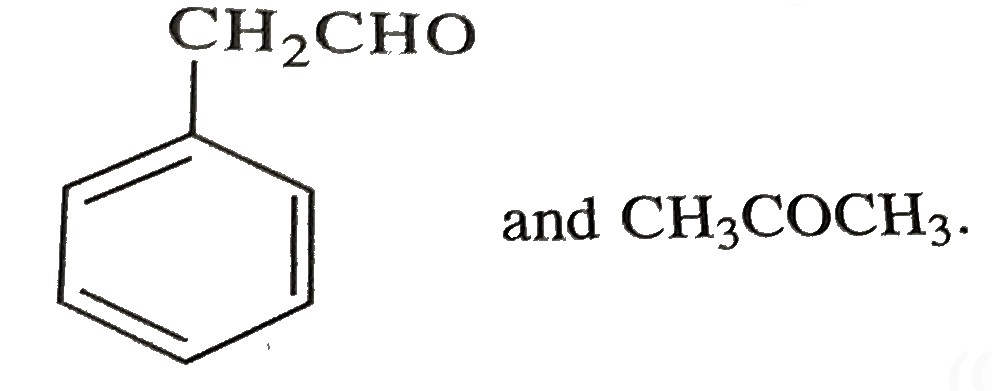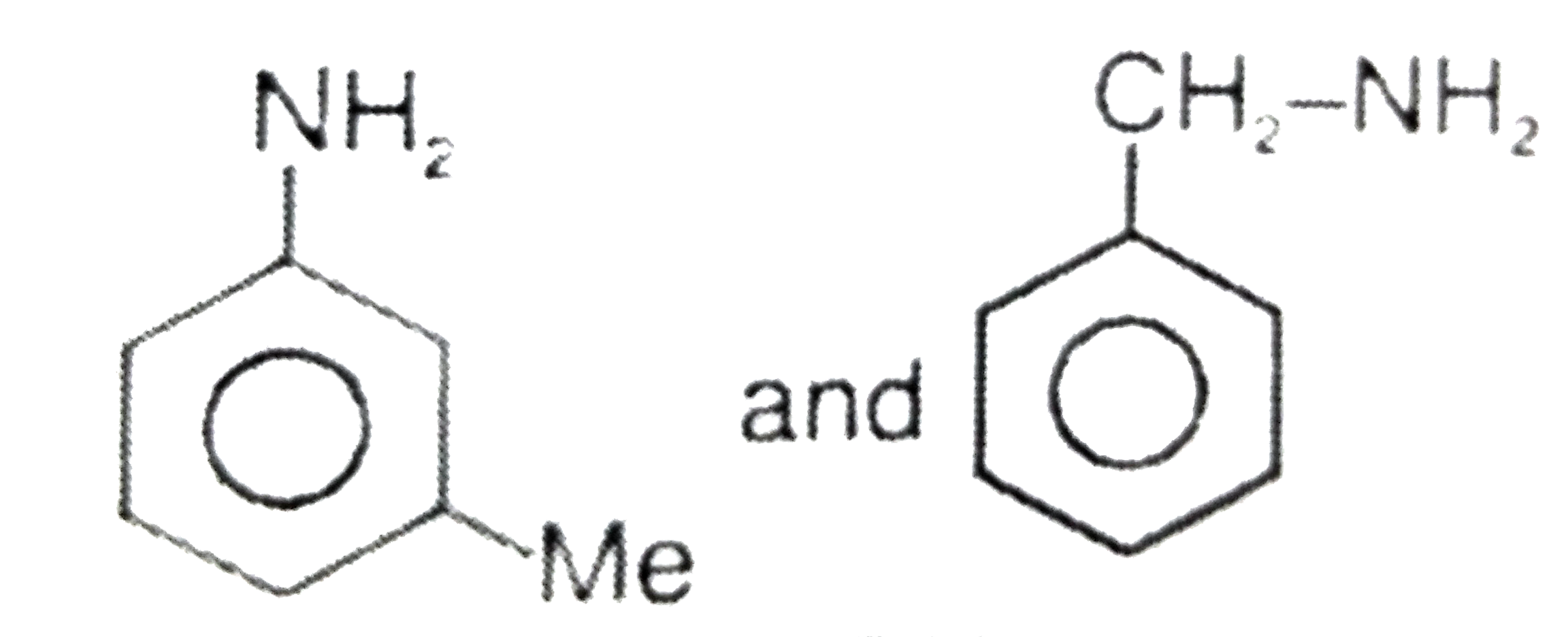Propanal and Acetone can be distinguished by testing with
Phenyl hydrazine
Hydroxylamine
Fehling solution
Sodium bisulphite
The correct Answer is:C
To distinguish between propanal (an aldehyde) and acetone (a ketone), we can use Fehling's solution. Here’s a step-by-step solution:
Step 1: Identify the Compounds
- Propanal: CH3CH2CHO (an aldehyde)
- Acetone: CH3COCH3 (a ketone)
Step 2: Choose the Reagent
- We will use Fehling's solution, which contains copper(II) ions in a basic medium. This reagent is known to react with aldehydes but not with ketones.
Step 3: Conduct the Test
1. Take a small amount of propanal and mix it with Fehling's solution.
2. Heat the mixture gently.
Step 4: Observe the Reaction
- For Propanal: The deep blue color of the Fehling's solution will change to a brick-red precipitate of copper(I) oxide (Cu2O). This indicates that propanal has been oxidized to a carboxylic acid (propanoic acid).
Reaction:
CH3CH2CHO+2Cu2++5OH−→CH3CH2COOH+Cu2O(s)+3H2O
- For Acetone: There will be no change; the solution will remain blue, indicating that acetone does not react with Fehling's solution.
Step 5: Conclusion
- The presence of a brick-red precipitate indicates the presence of propanal (an aldehyde), while no change indicates the presence of acetone (a ketone). Thus, propanal and acetone can be distinguished using Fehling's solution.
- Propanal: CH3CH2CHO (an aldehyde)
- Acetone: CH3COCH3 (a ketone)
- We will use Fehling's solution, which contains copper(II) ions in a basic medium. This reagent is known to react with aldehydes but not with ketones.
1. Take a small amount of propanal and mix it with Fehling's solution.
2. Heat the mixture gently.
- For Propanal: The deep blue color of the Fehling's solution will change to a brick-red precipitate of copper(I) oxide (Cu2O). This indicates that propanal has been oxidized to a carboxylic acid (propanoic acid).
Reaction:
CH3CH2CHO+2Cu2++5OH−→CH3CH2COOH+Cu2O(s)+3H2O
- The presence of a brick-red precipitate indicates the presence of propanal (an aldehyde), while no change indicates the presence of acetone (a ketone). Thus, propanal and acetone can be distinguished using Fehling's solution.
Topper's Solved these Questions
- ALDEHYDES,KETONES & CARBOXYLIC ACIDS Book:VMC MODULES ENGLISHChapter:ALDEHYDES,KETONES & CARBOXYLIC ACIDS Exercise:IN-CHAPTER EXERCISE-E
Explore 10 Videos
- ALDEHYDES,KETONES & CARBOXYLIC ACIDS Book:VMC MODULES ENGLISHChapter:ALDEHYDES,KETONES & CARBOXYLIC ACIDS Exercise:IN-CHAPTER EXERCISE-F
Explore 10 Videos
- ALDEHYDES,KETONES & CARBOXYLIC ACIDS Book:VMC MODULES ENGLISHChapter:ALDEHYDES,KETONES & CARBOXYLIC ACIDS Exercise:IN-CHAPTER EXERCISE-C
Explore 10 Videos
- ALCOHOLS, PHENOLS & ETHERSBook:VMC MODULES ENGLISHChapter:ALCOHOLS, PHENOLS & ETHERSExercise:Impeccable
Explore 100 Videos
- AMINESBook:VMC MODULES ENGLISHChapter:AMINESExercise:IN CHAPTER EXERCISE H
Explore 10 Videos
Similar Questions
Knowledge Check
Acetone can be converted into pinacol by:
AMg/Hg/H2OBZn/Hg/HClCNa/Hg/H2SO4Dall of these
Test by which starch and cellulose can be distinguished from each other is :
View SolutionWrite test to distinguish between

View SolutionA test cross distinguishes between :
View SolutionMethyl alcohol and acetone can be separated by :
View SolutionGive chemical test to distinguish between

View SolutionGive one good chemical test to distinguish between the following pairs of organic compounds :
Benzaldehyde and acetone.
View SolutionLucas test is used to distinguish
View Solution
 can be distinguish by
can be distinguish by